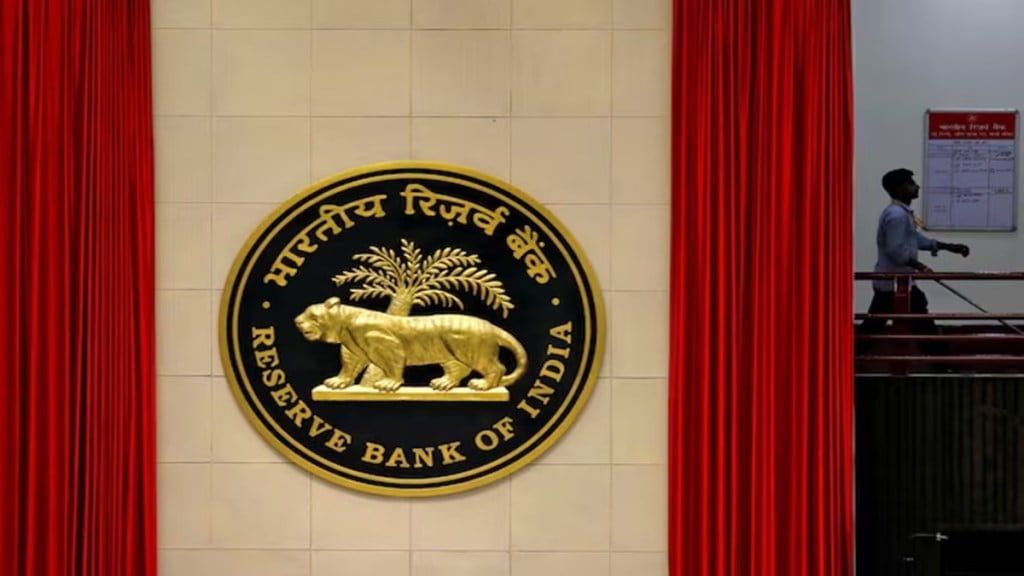As the Reserve Bank of India (RBI) has pointed out several irregularities in gold loans, borrowers must ensure that the valuation is accurate and avoid rollovers to safeguard their collateral. They should also be cautious of unsolicited offers, especially from fintech lenders.
Following a review, the RBI has identified several operational deficiencies such as incorrect application of risk-weights, inadequate monitoring of loan-to-value (LTV) ratios and gaps in valuation of pledged gold. It has expressed concerns about the practice of rolling over part-paid loans after the end of their tenure without fresh appraisal when sanctioning the top-up loans.
The record number of gold loans disbursed recently has worried RBI. Between FY20 and FY24, the organised gold loan segment grew at 25% CAGR. Moreover, as domestic gold prices have risen 33% in the last one year and 50% in the last two years, individuals have pledged their jewellery to get a higher loan amount.
Avoid rollovers
Gold loan is given for a specified tenure. After part-repaying, the borrower can take a top-up against the existing collateral. Also, if the borrower is unable to repay the loan, he can request a rollover, which effectively extends the loan tenure. If the borrower is unable to repay the loan after the rollover, the lender has the right to auction the collateral.
Adhil Shetty, CEO, Bankbazaar.com, says a borrower should avoid relying on rollovers or top-up loans, which may mask debt problems. “Borrowers may ask themselves if they will be able to repay the loan after the rollover or whether they are at risk of falling into debt,” he says.
Valuation of gold
The central bank has raised concern over valuation of gold without the presence of customers, especially in loans granted through partnership with fintech entities/business correspondents. Borrowers must note that the jewellery is valued at the average of the closing price of 22-carat gold for the preceding 30 days as quoted by the Indian Bullion and Jewellers Association. If the gold is of below-22-carat purity, the bank will convert the collateral into 22-carat gold and make an exact valuation. The weight of the stones and the making charge of the jewellery is deducted before fixing the value of the gold and the loan value.
KYC compliance
Customers also need to prove ownership of the gold being pledged. Some banks may even ask for a no-objection certificate from the lady of the house for giving the loan. Borrowers are required to submit identity proof (like Aadhaar or PAN), address proof, and sometimes income proof, depending on the loan size and institution. Agricultural loans against gold may require additional documentation proving the end-use of the funds.
The tenure of a gold loan can be seven days to three years with a few lenders offering tenures of up to five years. At present, banks can lend only up to 75% of the value of the gold jewellery pledged. If a sharp fall in the gold prices leads the LTV ratio of an existing gold loan to exceed the regulatory cap of 75%, the borrower has to either pledge more gold as collateral or deposit cash to bring down the LTV ratio below the regulatory cap. “If the borrower fails to do so, then the lender can sell the pledged gold to bring the LTV ratio within the RBI’s limit,” says Sahil Arora, chief business officer, Secured Loans, Paisabazar.com.
Interest rates & repayment
The interest rate on gold loans is 8.4-17% per annum depending on the LTV ratio, loan tenure and the repayment option opted. Interest rates will be higher for longer tenure and higher LTVs ratio. So, opting for a gold loan will be more cost-effective if one is confident of repaying the loan within one or two years.
